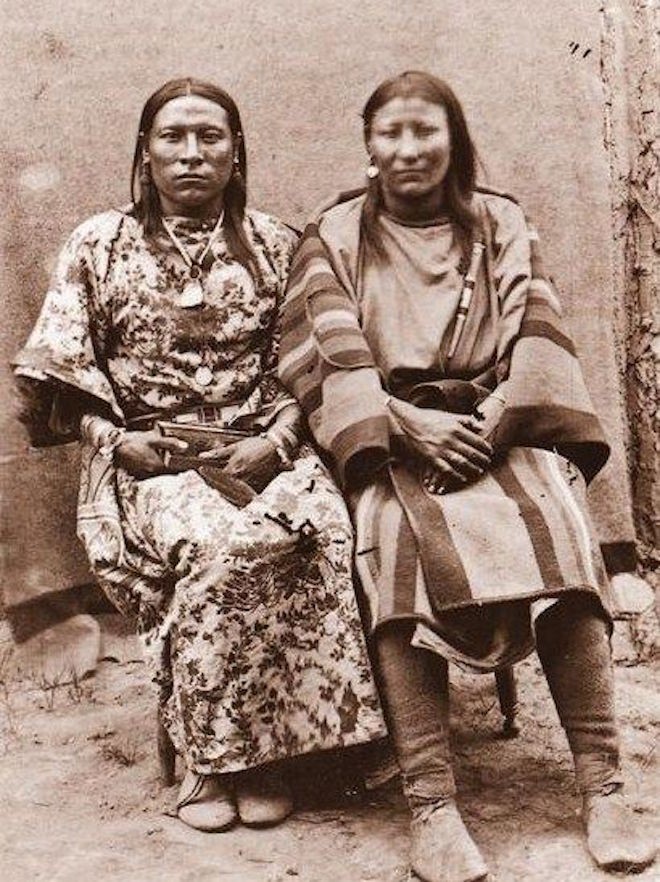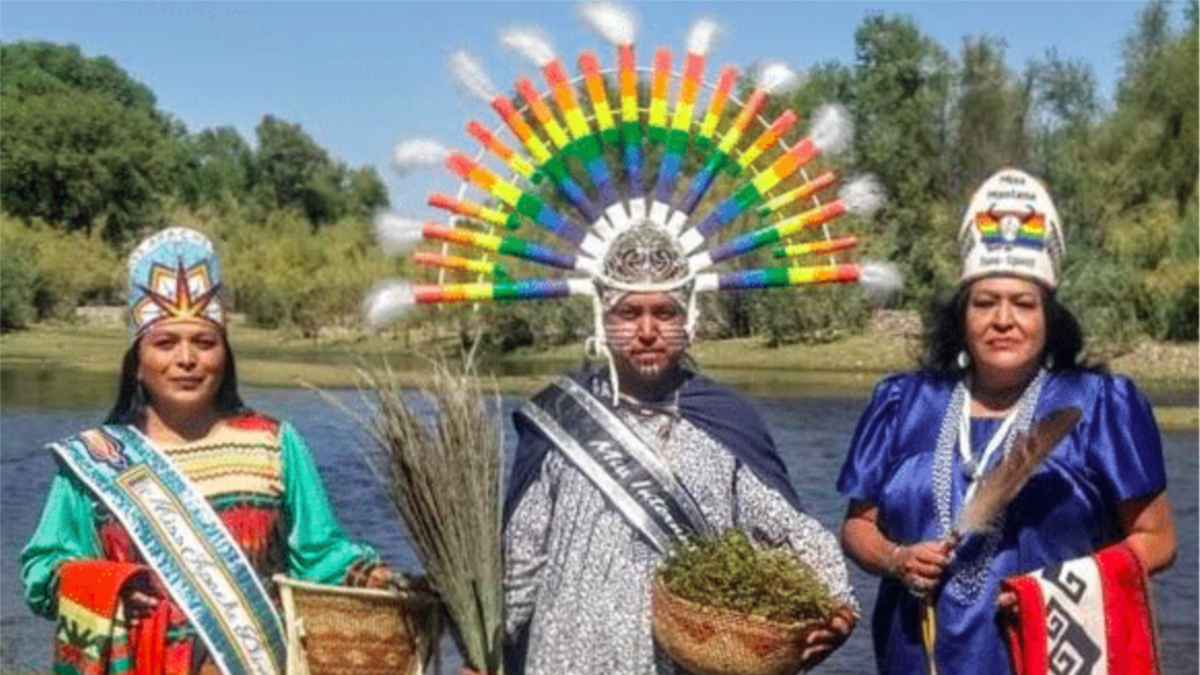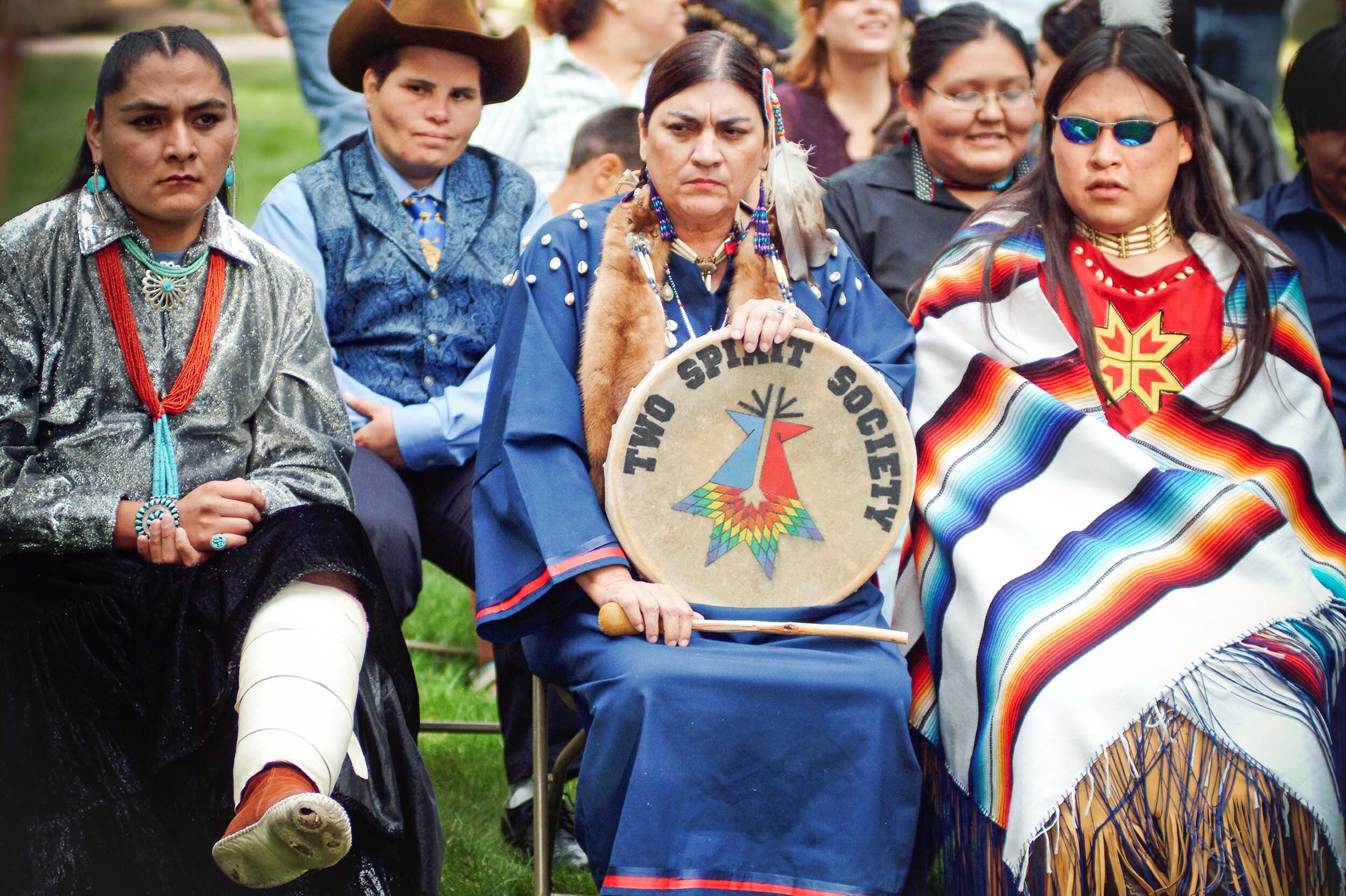
Beyond the Binary: The Sacred Resilience of Two-Spirit Traditions in Native American Cultures
In the rich tapestry of Native American cultures, gender has historically been understood not as a rigid binary, but as a fluid spectrum, deeply intertwined with spiritual identity and communal well-being. At the heart of this expansive understanding lie the traditions of Two-Spirit people, individuals who embody both masculine and feminine spirits, holding unique and often sacred roles within their tribes. Far from being an anomaly, Two-Spirit identity was a recognized and revered part of Indigenous societies across North America for millennia, a testament to a worldview that celebrated diversity as a source of strength and spiritual power.
The term "Two-Spirit" itself is a contemporary, pan-Indigenous English term that emerged from the 1990 Indigenous Peoples’ international conference in Winnipeg, Canada. Coined by Myra Laramee, an Ojibwe Elder, it was chosen to replace older, often derogatory anthropological terms like "berdache" and to offer a collective, culturally affirming identity for Indigenous LGBTQ+ people. It is crucial to understand that "Two-Spirit" is not a direct translation of Western terms like "gay," "lesbian," "bisexual," or "transgender." Instead, it signifies a spiritual and cultural identity that encompasses gender, sexual orientation, and often, specific ceremonial and social roles, reflecting a worldview where gender identity is rooted in spiritual essence rather than merely biological sex or sexual preference.
Before European contact, hundreds of distinct Indigenous nations across the continent recognized and celebrated individuals who today might identify as Two-Spirit. While the specific names, roles, and cultural expressions varied widely from tribe to tribe—with over 130 different terms documented in various Indigenous languages—the underlying principle of acceptance and reverence for these individuals was remarkably consistent. For instance, the Lakota had their Winkte, the Navajo their Nádleehí, the Cheyenne their Hēmanēh, and the Mohave their Hwame. These were not isolated instances but integral parts of the social and spiritual fabric.
The roles of Two-Spirit individuals were diverse and invaluable. Often, they were seen as gifted with unique perspectives, able to understand and mediate between the worlds of men and women, or even between the human and spirit realms. This dual perspective made them exceptional healers, shamans, spiritual guides, storytellers, artists, and advisors. In some tribes, they were entrusted with naming children, overseeing sacred ceremonies, or serving as peacekeepers due to their perceived neutrality and wisdom. For example, the Hēmanēh of the Cheyenne were known for their bravery in battle, often fighting alongside men, but also for their domestic skills and ceremonial leadership. Among the Navajo, Nádleehí could perform tasks traditionally assigned to either men or women, and their presence was considered essential for the prosperity and balance of the community.
Anthropological records and oral histories abound with accounts of Two-Spirit people holding positions of honor. They were not merely tolerated; they were celebrated for their contributions and their distinct spiritual gifts. They often wore clothing that blended elements of masculine and feminine attire, further symbolizing their unique identity. Their relationships, whether with individuals of the same biological sex or with other Two-Spirit people, were recognized and respected within the community. The concept of "queerness" as a deviation was largely absent; instead, gender and sexual diversity were seen as natural variations of human experience, often imbued with spiritual significance.

This profound understanding of gender and sexuality was brutally disrupted by the arrival of European colonizers. With them came rigid, binary gender roles, heteronormative ideologies, and the Christian doctrine that condemned anything outside of a strict male-female, procreative union as sinful. Missionaries, government agents, and settlers actively suppressed Indigenous spiritual practices and social structures, including the recognition of Two-Spirit people. They imposed their own definitions of gender and morality, often through violence, shaming, and forced assimilation.
The impact was devastating. Two-Spirit individuals were often forced to conform to Western gender norms, punished, or even killed. Their sacred roles were stripped away, their identities shamed, and their very existence denied. Laws were enacted that criminalized same-sex relations and non-binary gender expression, further marginalizing these individuals within their own communities, which were themselves reeling from genocide, land theft, and cultural destruction. This colonial trauma led to generations of internalized homophobia and transphobia within some Indigenous communities, making the path to reclaiming Two-Spirit identities a complex and often painful one.
Despite centuries of oppression, the spirit of Two-Spirit traditions endured, kept alive in fragments of oral history, traditional practices, and the unwavering resilience of Indigenous peoples. The late 20th century saw a powerful resurgence of Indigenous cultural revitalization movements, and within this, the reclamation of Two-Spirit identities began to gain momentum. The 1990 Winnipeg conference was a pivotal moment, providing a shared language and a platform for healing, education, and advocacy.
Today, the Two-Spirit movement is a vibrant and growing force within Indigenous communities across North America. It represents a powerful act of decolonization, a rejection of imposed Western norms, and a return to ancestral understandings of gender, sexuality, and spirituality. Two-Spirit people are actively working to reclaim their sacred roles, educate their communities, and build safe and affirming spaces. They are leading ceremonies, sharing stories, creating art, and advocating for their rights and recognition both within and outside Indigenous nations.
However, the journey is not without its challenges. Two-Spirit individuals still face discrimination, prejudice, and violence, often at the intersection of racism, homophobia, and transphobia. They navigate the complexities of being Indigenous and LGBTQ+, sometimes encountering resistance from both mainstream LGBTQ+ communities that don’t fully understand their Indigenous identity, and from within their own communities due to the lingering effects of colonial trauma. Mental health disparities, substance abuse, and homelessness disproportionately affect Two-Spirit youth, highlighting the urgent need for culturally sensitive support systems and resources.
Yet, the resilience of Two-Spirit people shines brightly. They are reconnecting with elders, learning ancestral languages, and reviving ceremonies that honor their unique place in the world. They are building networks of support, sharing knowledge, and fostering a sense of pride and belonging. Their work is not just about individual identity; it is about the healing of entire nations, about restoring balance, and about demonstrating the enduring power of Indigenous traditions.
The Two-Spirit traditions offer profound lessons for contemporary society. They challenge the rigid binaries of Western thought, encouraging a more holistic and inclusive understanding of gender and identity. They remind us that diversity is not merely to be tolerated but celebrated as a source of strength, wisdom, and spiritual richness. By honoring the sacred roles and identities of Two-Spirit people, we not only pay respect to the wisdom of Indigenous ancestors but also pave the way for a more compassionate, understanding, and equitable future for all. The journey of reclamation continues, a testament to the enduring spirit of Indigenous peoples and the timeless wisdom of their traditions.
